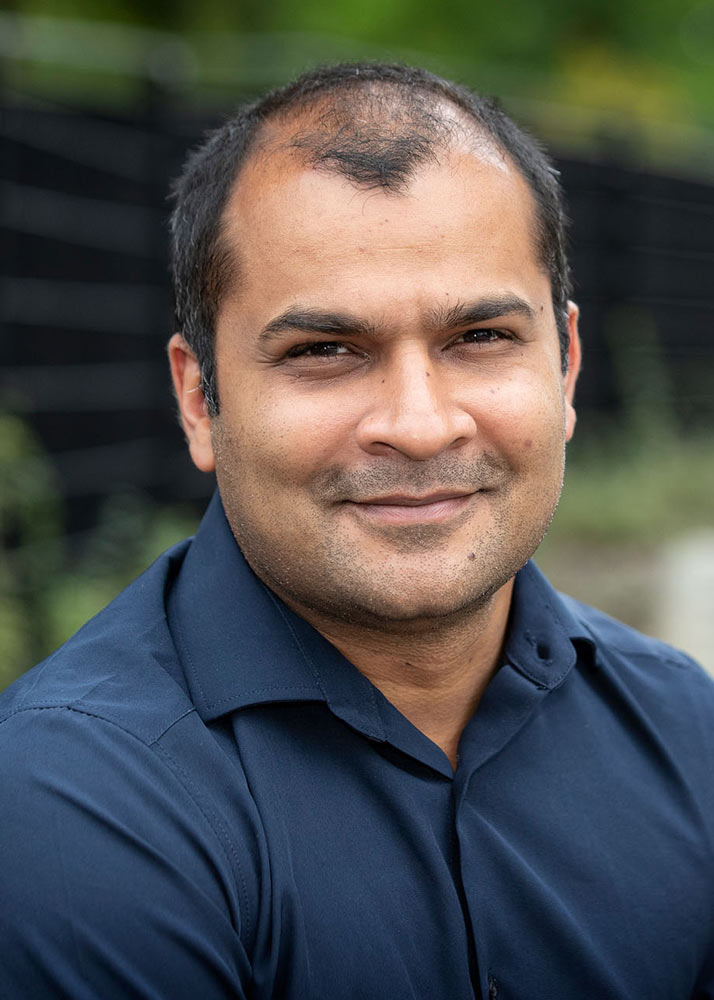One in eight women will be diagnosed with breast cancer, but thanks to advances in treatment and early diagnosis, the five-year survival rate is now around 90%. But as more survivors age, the long-term side effects of life-saving treatments are becoming clearer.
“As we’ve gotten better at dealing with breast cancer, we’re realizing that chemotherapy – which is essential and contributes to survival in this disease – can also harm the cardiovascular system,” said Sid Angadi, an associate professor of kinesiology in the University of Virginia’s School of Education and Human Development.
Angadi is a cardiovascular exercise physiologist by training. His research focuses on using exercise as a therapy to protect against chemotherapy-induced toxicity to the heart and muscle.
“If you take a 50-year-old woman who has survived breast cancer post-chemotherapy, her cardiovascular system resembles that of a 60-year-old,” he said. “Essentially, think of this as chemotherapy-induced accelerated aging.”

Sid Angadi, an associate professor of kinesiology, is studying the use of exercise as a therapy to protect the heart and muscle against chemotherapy-induced toxicity. (Contributed photo)
Angadi and UVA Health partners in oncology, cardiology and public health sciences are researching whether a targeted exercise program could halt accelerated aging before it begins.
Exercise is an “exquisitely targeted treatment,” said Angadi, which makes it especially attractive for battling the effects of chemotherapy. While supplements don’t differentiate between healthy heart cells and cancer cells, exercise improves heart, lung and muscle function in a targeted fashion and builds up tissue reserves to withstand the onslaught of chemotherapy.
Angadi and his partners were curious whether beginning exercise prior to chemotherapy could precondition the heart, protecting cells that would otherwise die during chemotherapy.
An initial study in rats proved promising: Slightly less than 10% of rats who paired chemotherapy with exercise died of heart failure, compared to about 50% of the control group rats, which received the same chemotherapy but no exercise.
Angadi and colleagues are now testing this hypothesis in women with breast cancer. In an ongoing study funded by UVA Cancer Prevention & Population Health and iPrecision Immunomedicine, 48 patients were prescribed exercise to begin one week before starting chemotherapy.










